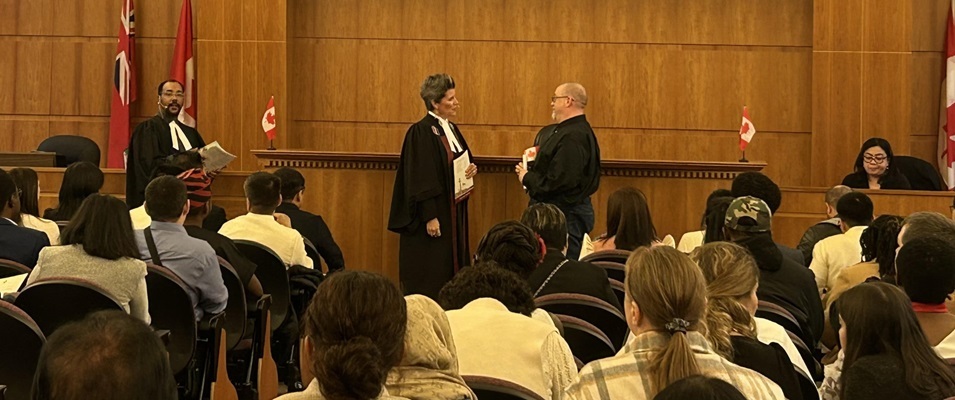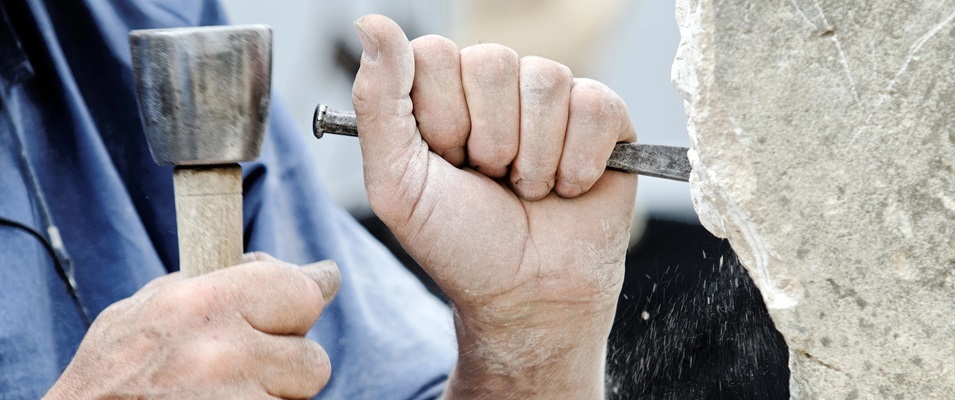In 1973, my father purchased ten acres of land south of Mitchell. At the time, minimum wage was $1.90 per hour and the land cost $80 per acre. Today, two acres of land in the same area sells for $80,000–90,000.
My first home was a small bungalow in an established (a.k.a. “old”) neighbourhood in Winnipeg. At less than 800 square feet, this modest two-bedroom home allowed me to enter the world of adulthood. Bought in the mid-1990s for around $55,000, it wasn’t the cheapest house available and it was an affordable way for a young couple to begin building a solid foundation for life in a decent neighbourhood. At the time, minimum wage was $5.40 per hour.
The decision to buy in Winnipeg was primarily driven by work opportunities, but there was another reason: the lack of housing stock at our affordability level in the rural southeast. After a few years of building equity in our modest purchase, we were able to return to the southeast to raise our family.
Fast-forward to today. The least expensive house in Niverville sold in 2017–18 went for $140,000, and the minimum wage is $11. It doesn’t take a mathematician to realize that the inflation on housing has far outstripped the rate of wage increases. And while many of us may earn above minimum wage, the minimum is still an index of wages in general. This inflation is due to the price of servicing land and the economics of both building materials and design.
The reality is that the market requires both a density and variety of housing options, both for sellers and buyers.
To simplify, our southeast communities are in a housing crisis. Where is the affordable housing for those who cannot afford the single-family suburban dream? Some people are being excluded from the market. We may justify this exclusion, thinking that these people are at least covered by our social safety net. But we’re excluding some important groups from home ownership, such as our youth and blue collar workers. While many dying communities are struggling to attract young people, we are inadvertently forcing many to leave through lack of choice.
Enter the resistance to non-detached housing in this community. While most people understand the situation presented above, the NIMBY (Not in My Back Yard) mentality is prone to poking through.
The word “rezoning” has the strange ability to strike fear in the hearts of homeowners. This is not to say that it shouldn’t warrant attention when a developer or local government seeks to rezone property. That’s why we have legislation that requires a public process in order for us to change the way we use a piece of land.
The supply and demand of the housing market is a moving target. When a subdivision is designed, the developer makes his or her best estimate as to the needed variety and quantity of lots of different types. But as the actual market changes, we must leave room for adjustment—and a community filled with nothing but single-family detached homes is a community designed for exclusion.
While it be admirable to exclude certain social problems from our community, we seem to be increasingly fearful that non-single-family housing options is the root of these problems. That kind of thinking is not only unfounded but dangerous—dangerous, as it unintentionally creates barriers that prevent certain groups and individuals from enriching our community. These groups are necessary for building a prosperous future.
Ask any urban planning expert and they will tell you that a variety of housing options actually builds healthier communities, especially when they are well mixed with proper transitions. Multifamily housing—whether high-density, duplex, or townhouse—is best in both the short- and long-term when it’s intermingled with single-family housing. When multifamily housing is segregated, the long-term affect is ghettoization.
As citizens, our homes are our castles. Often, buying a home is the biggest personal investment we will make. If we perceive the presence of non-traditional houses as a determent, I suppose it could be argued that those homes decrease our property value and market share—if the buyers share the same view.
But looking beyond the short-term, I wonder if it’s not a risk worth taking. Imagine the long-term financial impacts of trying to sell your house in a dying town? That would be a more dire loss, both a personal financial loss and the loss of our communities’ overall health and culture.



















